During the Second World War, the United States and the Soviet Union came together to combat Germany. Therefore, it was quite surprising when, in late 1944, American pilots began attacking Red Army ground troops near the Serbian city of Niš.
The motives behind this attack remain unclear, as neither side has ever offered an explanation. Still, the Niš Incident is remembered as a major case of tragic friendly fire.
A big mistake by the American forces
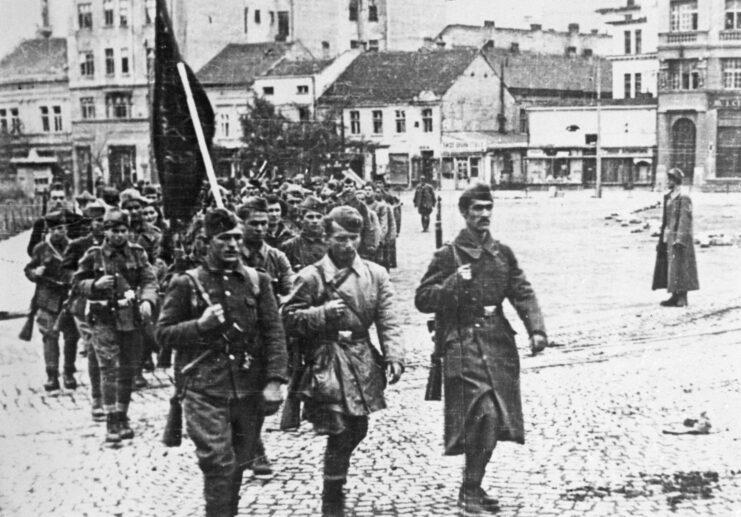
On November 7, 1944, the Soviet 6th Guards Rifle Corps pushed towards Belgrade, Serbia, aiming to bolster the Hungarian front in the south against possible enemy assaults.
At the same time, the US 82nd Operations Group (82 OG) was delivering air support to the Red Army. However, a huge mistake occurred that day. The Americans were evidently unaware that the Soviets had advanced 100 km beyond their anticipated position. Despite assurances from the US Mediterranean Air Force command that no German forces were near Niš, the 82nd proceeded with an attack.
It appears they mistakenly mistook the advancing Soviet troops for German forces.
Friendly fire dogfight
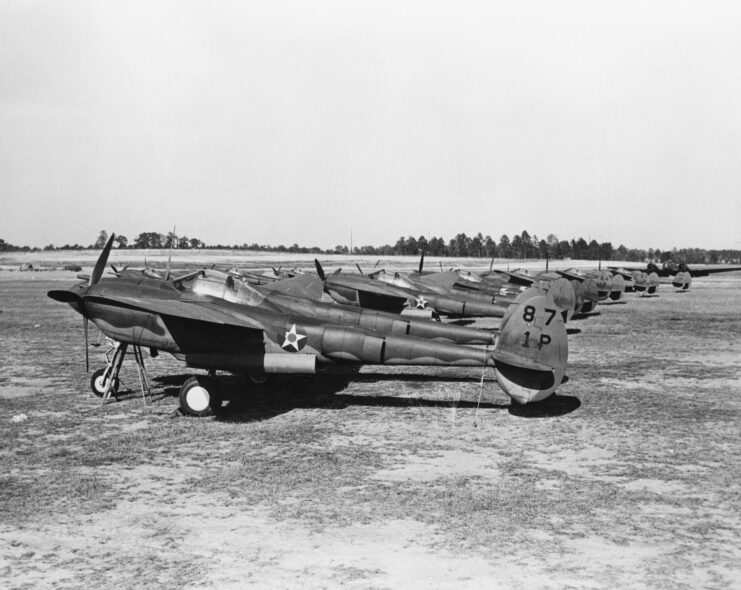
A group of Lockheed P-38 Lightnings open-fired on the Soviet convoy. It’s unclear how many American aircraft were involved in the attack, but the Red Army quickly retaliated, believing them to be Luftwaffe-flown Focke-Wulf Fw-189 Uhus.
Orders were given to Soviet pilots, based out of the nearby Niš Constantine the Great Airport, to aid in the engagement. Multiple Yakovlev Yak-9 and Yak-3s flew to the area, immediately engaging with the P-38s in an action-filled dogfight. It took some time, but the Red Army aviators eventually identified the white stars on the American fighters and laid off their weapons.
Lasted just 15 minutes
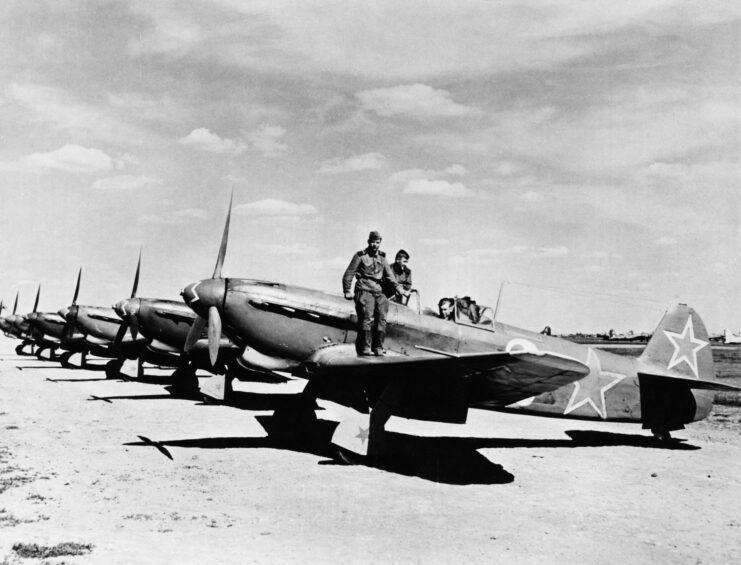
From the ground, the Soviets attempted to flag the Americans, to show they were firing at their allies. For whatever reason, they didn’t take notice of this information. It wasn’t until they showed the massive Red Star on their fighters that the American pilots realized they were engaging an ally and quickly withdrew.
What became known as the Niš Incident only lasted about 15 minutes. This may seem short, but it was enough for both sides to have aircraft shot down.
Reason is still unclear
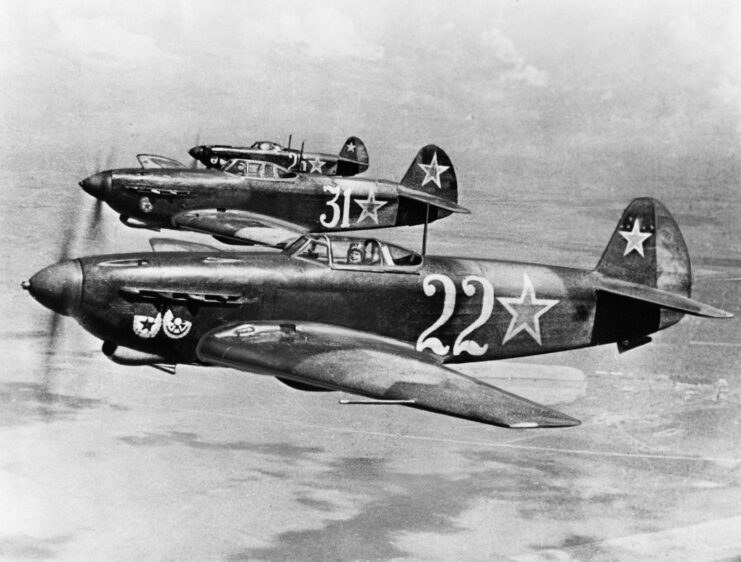
The reason for the Niš Incident remains unclear. The official explanation is that the Americans mistook the Red Army troops for Germans, but the exact details are classified. Many speculate that there may have been another underlying reason for the attack. At the time, tensions between the United States and the Soviet Union were high, leading some to believe that the incident was a manifestation of the countries’ strained relations.
Whether this is true or not will remain uncertain until the information is declassified.
Each side has a different account of the event
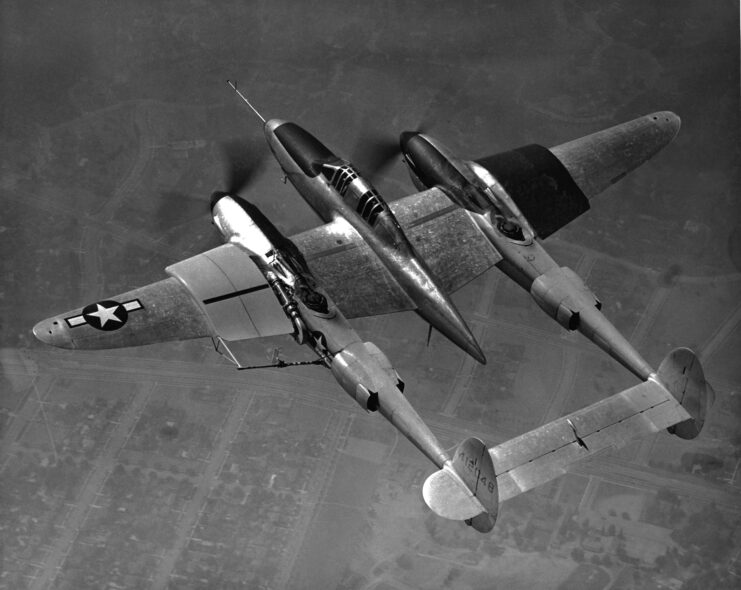
Each side maintains their own account of what happened. The number of casualties for each varies, with the Soviets suffering between 31-34 casualties, around 37-39 wounded and 20 cargo trucks burned. The US contends that four Soviet aircraft and two P-38 Lightnings were lost that day, while the USSR claimed the total was actually two Yaks and five P-38s.
Want War History Online‘s content sent directly to your inbox? Sign up for our newsletter here!
Ultimately, the US military apologized for the mistake.
